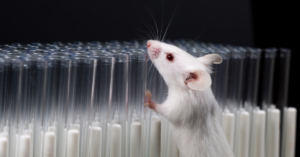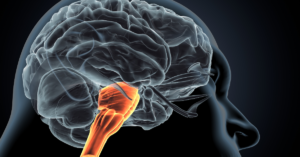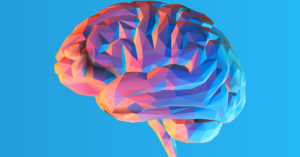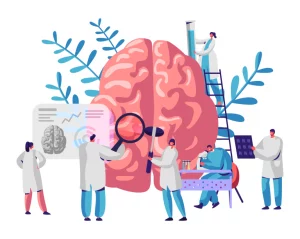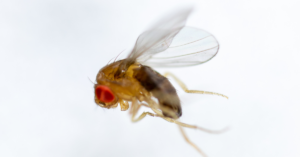
Snapshot: What is Drosophila melanogaster?
Drosophila melanogaster is the scientific name of the common fruit fly. Yes, the ones flying around your green bin on a hot summer day. You may be surprised to learn that it is a commonly used model organism in biomedical research and has made significant contributions to many fields of Read More…



